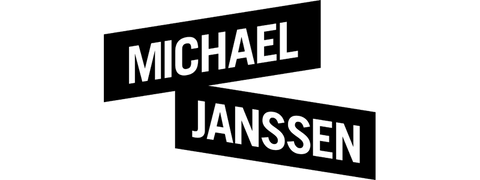Thomas Grünfeld - Thébaïde
6 September—18 October 2008
Galerie Michael Janssen Berlin
By analysing the manifold facets of culture, it is clear that the conjunction between art and daily life has not entirely been examined yet. Thomas Grünfeld of Cologne looks at the interface between private and public life as well as art and design. He thus challenges traditional forms and attitudes and examines their timeliness in the present. „Thébaïde“ offers an overview of Grünfeld’s artistic achievements of the past twenty years. His decision to divide the generous exhibition space of the gallery into three areas by using fabric panels, the presentation of four of his œuvres becomes more intimate and private – the White Cube is ruptured and the fabric refers to the 19th century, where the use of material was a common kind of presentation. The visitor receives different impressions and the White Cube exudes a more homely atmosphere. The name of the exhibition refers to J.K. Huysmans book „À rebours“ (Against the Grain) issued in 1884, which tells the story of an eccentric protagonist disgusted by the world, who absconds to his country retreat „Thébaïde“.
Part of Thomas Grünfeld’s installation are the so-called „Wall Tablets“ (1986 to 1988) which can be best described as a mix between a tableau and furniture. The monochrome surfaces are encased in a frame and the bottom part resembles a tray. The used materials (glass, wood, leather, cloth) convey a certain feeling of living aesthetics. Similar feelings are induced through the simple and structured „Cushions“ (1988-1990). Colour and material refer back to an emotional living situation, which is immediately overcome by the use of alienated proportions and a minimalist presentation.
The irony of the ancient hunting tradition can be found in the „Misfits“ (2001, 2007 and 2008). The objects are splattered around the room – just like trophies. In view of Biotechnology, these chimeras seem to be coming to life. The „Felts“ (2007/22008) complement the exhibition. These motifs are drawn on the emerging history of art and are comparable to the geometrical lines by Imi Knoebel or the sleek surface by Gary Hume. Forms are reduced to a minimum and resemble a collage combined with relief and sculptural elements. The warmth of the felt offers an intimate feeling. Ultimately the „Felts“ are substitutes for the classical tableau and the „Misfits“ surrogates for trophies. The „Cushions“ are synonymous for design aspects in art and the „Wall Tablets“ change between tableau and furniture.
The exhibition „Théabïde“ makes the point that Grünfeld has nally left behind the utopian design, the ideology of dogooders and social pretence of a past society. He is now incorporating the sociocultural conditions with the emphasis on subjectivism, empathy and playful elements. And we can draw the conclusion that moral standards and the perception of class distinction is of no concern to Thomas Grünfeld any longer.
Oliver Zybok





Thomas Grünfeld, Thébaïde, Installation view, 2008, Galerie Michael Janssen, Berlin

